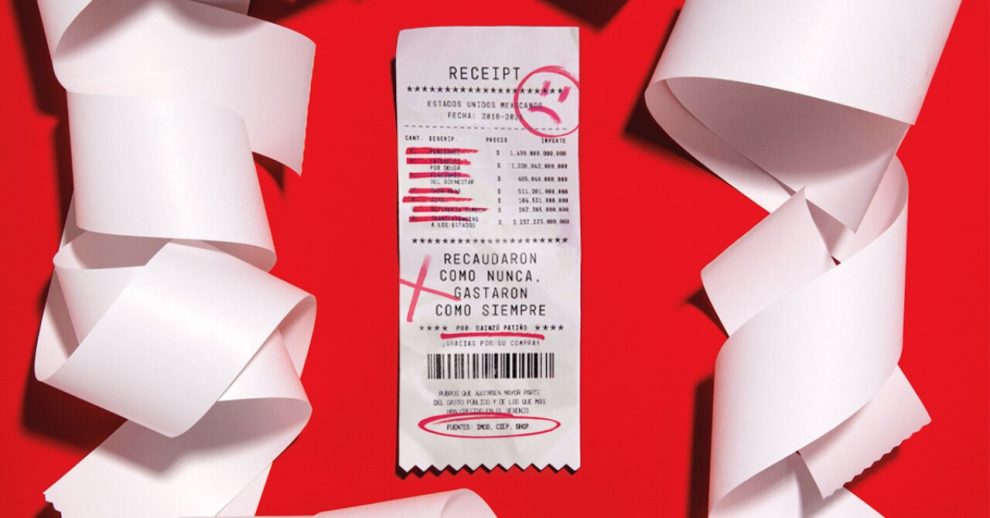Growing
In the shadow of efforts to raise more, public spending needs grow. Since 2008, the money spent by the public sector is greater than the income that reaches public coffers from the payment of taxes, duties, exports and oil sales. In 2022 and 2023, the largest gap between income and spending was recorded since 2014, when it was 4.4% of GDP; In both years it was 4.3%, by the end of this year the Treasury expects it to reach 5%, the highest level on record.
“Although many cuts were made, there was also an increase in some expenses, especially transfers and subsidies for the seniors program. Unfortunately, they began to spend on it without having a planned source of financing, the program has been growing, and we have not yet gone through the extensive aging stage,” considers Mariana Campos, general director of México Evalúa.
“The issue is that the SAT’s efforts fell short of priority expenses, they concentrated on the taxpayers’ large accounts, while the inspection has not been as effective as would have been desirable,” comments Luis Pérez de Acha, founding partner. and director of the Pérez de Acha e Ibarra de Rueda office.
Despite a policy of “republican austerity”, the priorities and obligations remained clear throughout the six-year term. For example, in 2019, 100,000 million pesos of the budget for the Welfare Pension for Seniors were approved, for 2024 the Chamber of Deputies approved a budget of 465,048 million. If we add to this expense what was approved for 2024 for life pensions (IMSS, ISSSTE, CFE and Pemex) 1,499 billion pesos, both concepts absorb 21% of the net expense, when in 2019, at the beginning of the current administration, they took 17%.
Meanwhile, the Mayan Train, AIFA and Olmeca Refinery had a final price of 883,097 million pesos together, which represented an extra cost, compared to the original price, of 484,233 million, little more than everything that was collected by IEPS in 2023.
“The austerity policy has been selective, since there are administrative branches that have benefited from a greater allocation of resources,” states the document Austerity, Institutional Weakness and Budget by the Center for Economic and Budgetary Research (CIEP).
Far from seeing a reduction in net public spending, this increased by 20.5% from 2018 to 2024, while total income increased by 14.4%, a situation that was offset by an increase in debt of 158.5%, according to CIEP figures.
The problem with increasing your spending without having guaranteed extra sources of income for priority programs or works is that you pull resources from other areas; you complete the spending with debt, with non-recurring income; “in this administration, trusts were extinguished and the money from them went to social programs, which is not merely profitable for the economy,” explains Edson Valdés, professor and researcher at the Universidad Veracruzana in the field of Economics and Public Finance.
At the same time, other mandatory expenses such as interest on debt, payroll payments for public servants, and transfers to the states grow year after year, absorbing more than 80% of total spending.
Downward
There was also no tax reform during the six-year term to increase sources of income from tax collection or free up resources through spending reviews. And to top it off, oil revenues reported their lowest levels in relation to GDP and public spending in 2020 and 2023. The Treasury expects worse indices for 2025, in view of lower global crude oil prices and a smaller export platform, according to the General Pre-Criteria of Economic Policy for the following year.















Add Comment